Comments
FLAWED ZONING - An outdated and inconsistent zoning code is a fundamental flaw of land use planning in Los Angeles. Some of the city’s Community Plans are seriously out of date. The Sun Valley-La Tuna Canyon Community Plan was last updated in the 90’s, which leaves our code riddled with outdated Q and T conditions and antiquated designations such as commercial zones, manufacturing v. residential zone. The city planning has been working on updating community plans and implementing new zoning code. Nonetheless, this process will probably take several decades to be fully completed, if ever. As in all cases, litigation and budget cuts could also delay that process.
What is zoning? Let’s talk about a pioneering piece of legislation known as Los Angeles Zoning Ordinance of 1904. This ordinance originated at a time when Los Angeles was undergoing a significant change, transitioning from a small town to a bustling metropolis. The Zoning Ordinance of 1904 came to organize and control land use within the city limits. It included establishing residential zones, industrial zones, and commercial zones. Unequivocally, this categorization intended to prevent the mixing of incompatible land uses and ensure that certain areas were designated for specific purposes. For example, residential zones were intended for housing and prohibited industrial activities.
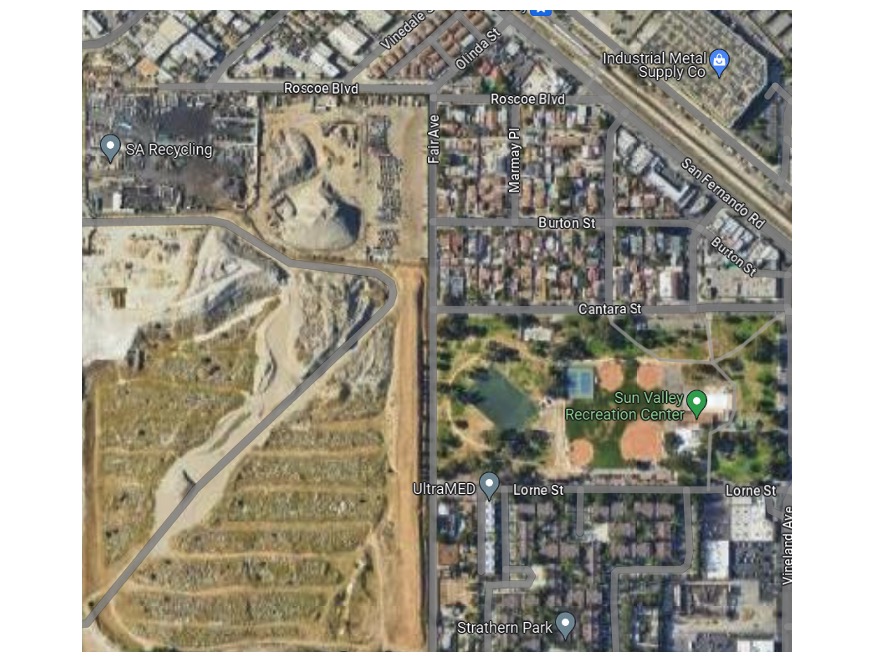
Today, city zoning came a long way, the system encompasses a complex framework of regulations intended to promote sustainable development and ensure the compatibility of land uses. Remarkably, this system today includes various zone categories that dictate the permissible uses and development standards for different areas.
With the deepening of economic changes, the environment of planning implementation has changed dramatically. Therefore, the demands faced by planning implementation have undergone profound changes.
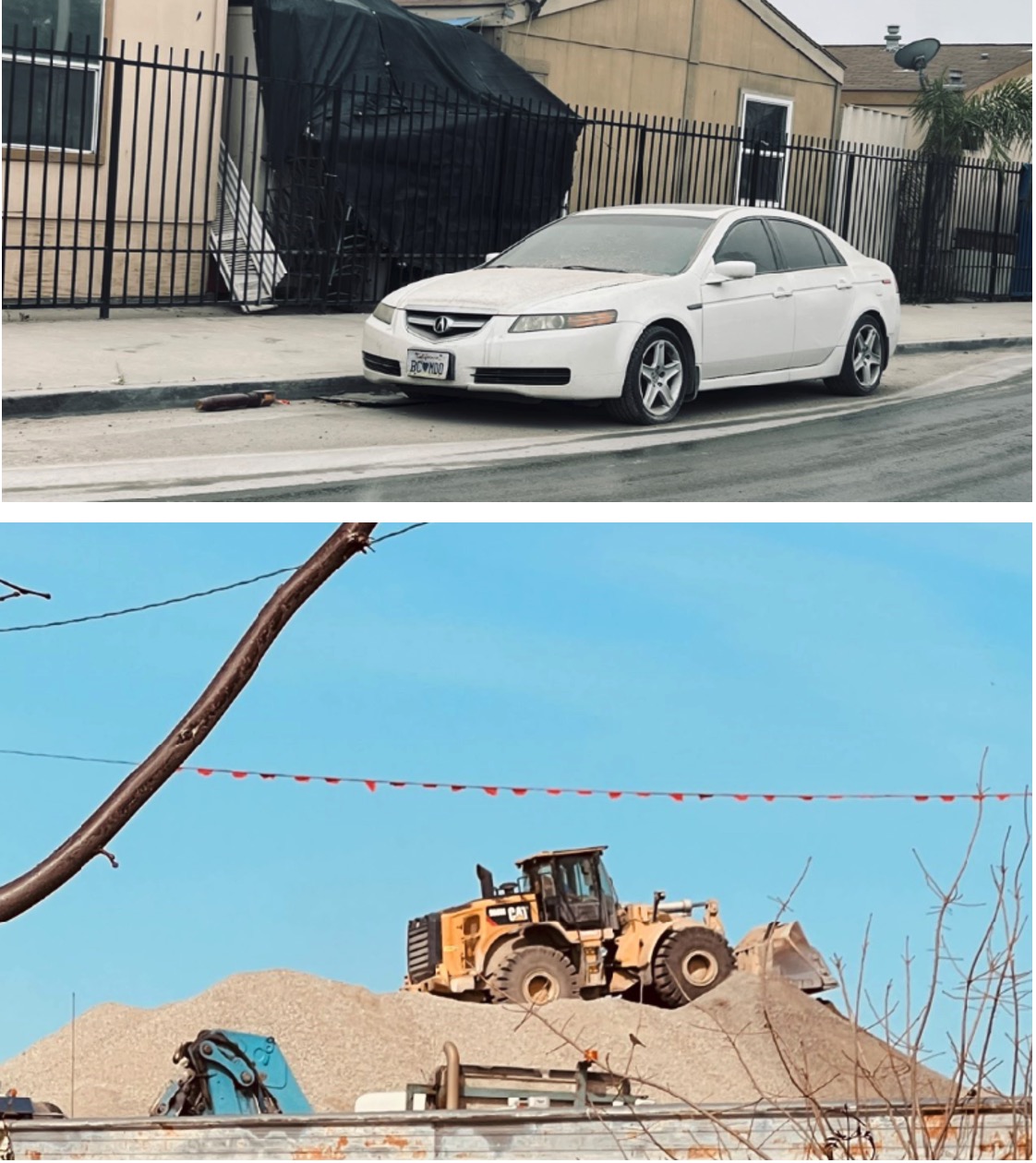
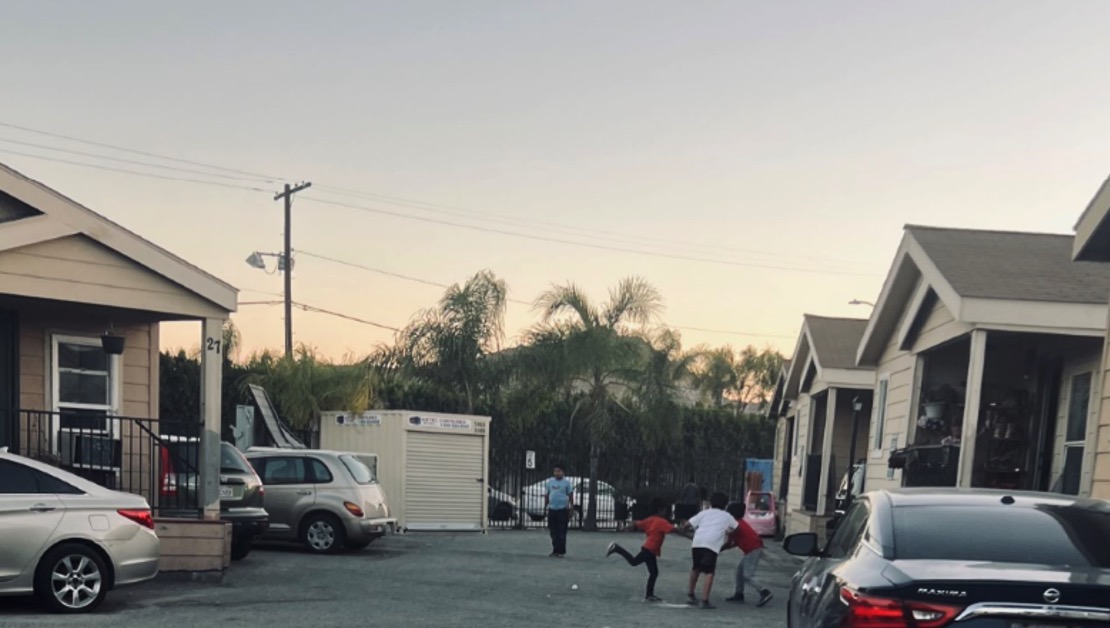
But today we have a starkly different picture in Sun Valley. Even the most experienced city planner cannot make sense of zoning and land use in Sun Valley. It is twisted, to say the least. When I travel on Sun Valley streets, especially, in the Sun Valley park area, I ask myself how on earth this mess was created and reached such epic proportions, I try to somehow get into the head of a city planner and understand how any city planner would approve projects, operation of which jeopardize entire neighborhoods, people, children who call Sun Valley home, I wonder if any planner has background on environment, per se. I wonder how a planning decision was made on certain environmentally hazardous operations in close proximity to single family residences; what was the planner thinking, if at all?
Don’t take my word for disastrous zoning in Sun Valley. Google Sun Valley Park & Recreation Center or AMH Recycling. All you need to do is to look at the map of Sun Valley, is all. Zoning and land use in Sun Valley is so bazaar that even the city planning and building and safety inspectors who arrive at the scene can’t make sense of it. They leave shaking their heads.
That brings me to another question; do I need a degree to become a city planner or high school diploma is sufficient to pursue a career in the city planning department and be responsible for decisions that will ultimately affect thousands of lives for generations to come.
Today, more often than not, due to outdated and incompatible zoning in Sun Valley, many projects are required to seek an entitlement, which is different from the one already in place. As usual, the outcome of poor land use decisions are passed on to the community. It’s fair to say that this zoning debacle is leading to confusion and rewards those who have the means to hire consultants and lobbyists. But it doesn’t end here. This also leads to a lack of transparency for the public when development takes place on areas, which do not correspond to their designation in the zoning code. This process is also inequitable with exceptions most often being made for projects in low income communities of color, where deep pocketed developers do not anticipate pushback from the neighborhoods. Even with an updated zoning code, it will still be necessary for certain projects to go through an entitlement process. Granting entitlements as a matter of course is a discriminatory, inefficient and non-transparent way to manage land use in the city.
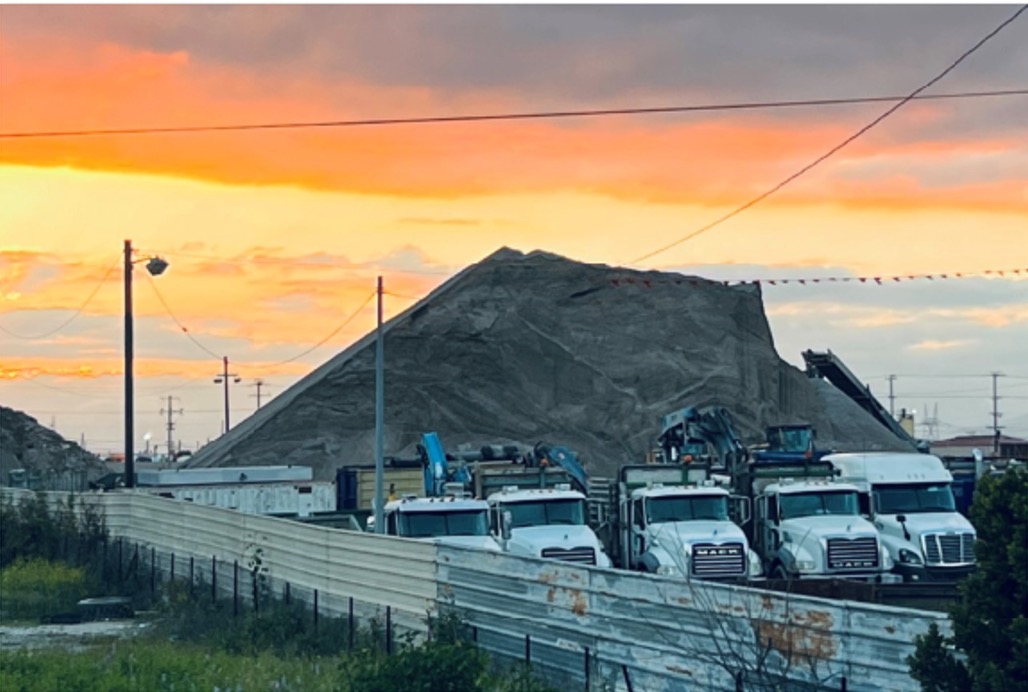
M1 zone within 30 feet of R1 zoned single family homes
One example of an obsolete zoning is AMH Recycling (above) that appeared in a small neighborhood of color in 2012, literally, out of blue, and started crushing construction debris within 30-50 feet from single family houses, the one of its kind park and recreation center, and, to make matters worse, it is also dangerously close to a future green space to become Rory Shaw Wetlands Park in a small low income community of color with an environmental justice designation.


Existing homeowners in Sun Valley park area have an incentive to protect the value of their homes. But how? Their home value is reduced by nearby bad land use and obsolete zoning, increased neighborhood traffic, increased local taxes, increased pollution and noise. Neighborhoods change over time, so did Sun Valley park, although resources the community received, remained the same, zero to none. Would it be rational to draw a border between neighborhood changes and zoning decisions? Absolutely. This brings on a disturbing realization that race and economic status clearly influence the zoning changes that are proposed for a low income neighborhood, and local residents’ ability to repel or shape these changes.
What does this mean for Sun Valley? It means that low income communities of color may have less or no power to influence zoning outcomes, as a result of which today Sun Valley is a highly industrial-residential neighborhood that is heavily burdened with dozens of landfills, waste facilities, and polluting sites, like AMH Recycling, Pick Your Parts auto dismantling junkyard, Bradley landfill, Vulcan Pit, Arizona Tile, EZ Mix, Valley Generating Station (VGS), countless trucking companies, last but not least silica dust producing countertop manufacturers planted in between residences.
As a result, Sun Valley has some of the worst air quality and negative health effects in the state but quite interestingly, no one talks about it. The community has total of 2 parks, Sun Valley Park & Recreation Center and a smaller park, known as Fernangeles. Even these parks fall short of basic amenities that make a park welcoming and safe. The fact that communities of color have fewer nearby parks is partly by design and evidence of systemic racism in the history of the city. Sun Valley Park & Recreation Center is a close neighbor of AMH Recycling. Where is the city planner who issued a permit?
Undeniably, with majority of the land taken up by expansive polluting facilities, little space is left for parks in Sun Valley. While air pollution has declined significantly in the country, such as, for example, concentrations of PM2.5 produced by fossil fuel combustion decreased, communities of color still experience a persistent burden of air pollution exposure. Does zoning play part in this? Indisputably. For city planning planting a construction debris crushing facility within 30 feet from the nearest house is a product of environmental racism, which is a system of discriminatory policies and practices that systematically and unevenly distribute political power and access to resources. Furthermore, AQMD, a regulatory agency tasked with protecting the public from air pollution, issued permits to AMH to crush construction debris in the backyard of single family homes, spreading dust and debris on the surrounding neighborhood, driving residents crazy from ongoing noise of crushing concrete, dumpster trucks’ backing up noise during early morning hours until late night, diesel truck traffic, and nuisance. It is obvious that land use regulation in LA is in complete disregard of the common purpose of this regulation it is intended to serve, with the most powerful usually winning at the expense of others.
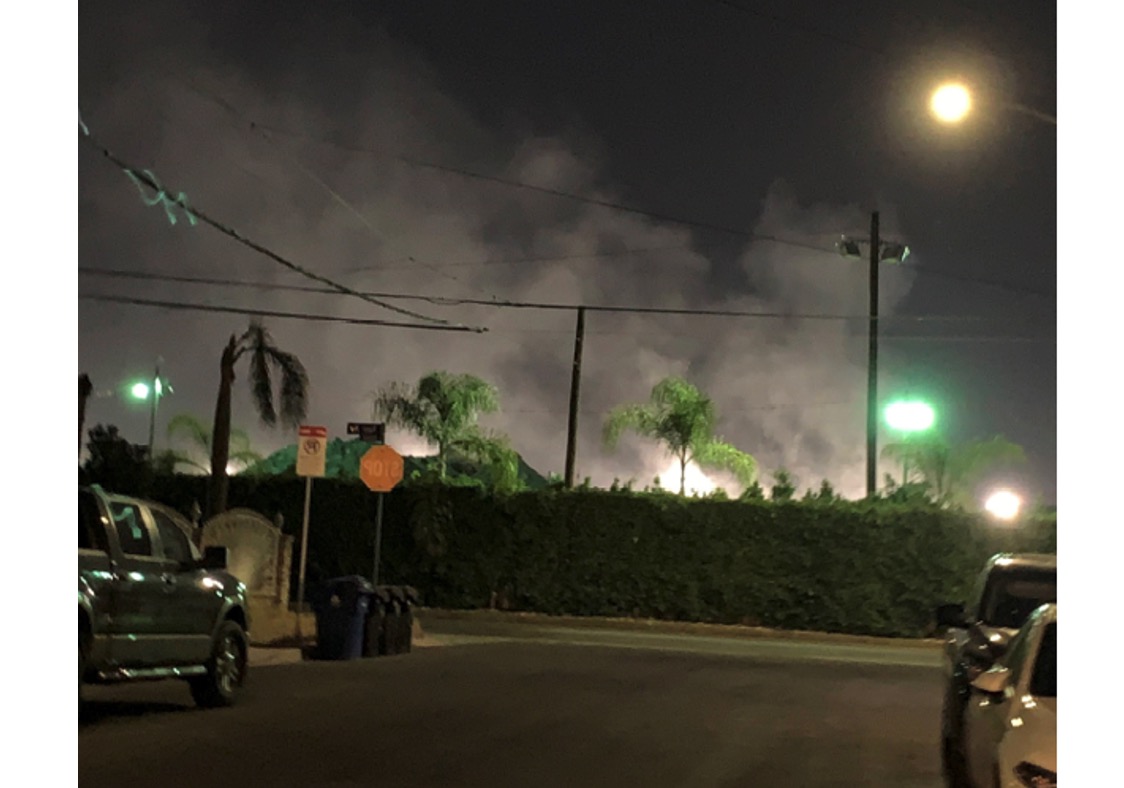
How close is too close? Is crushing concrete and asphalt in one’s backyard close enough? How does this fit into any zoning and land use ordinance?
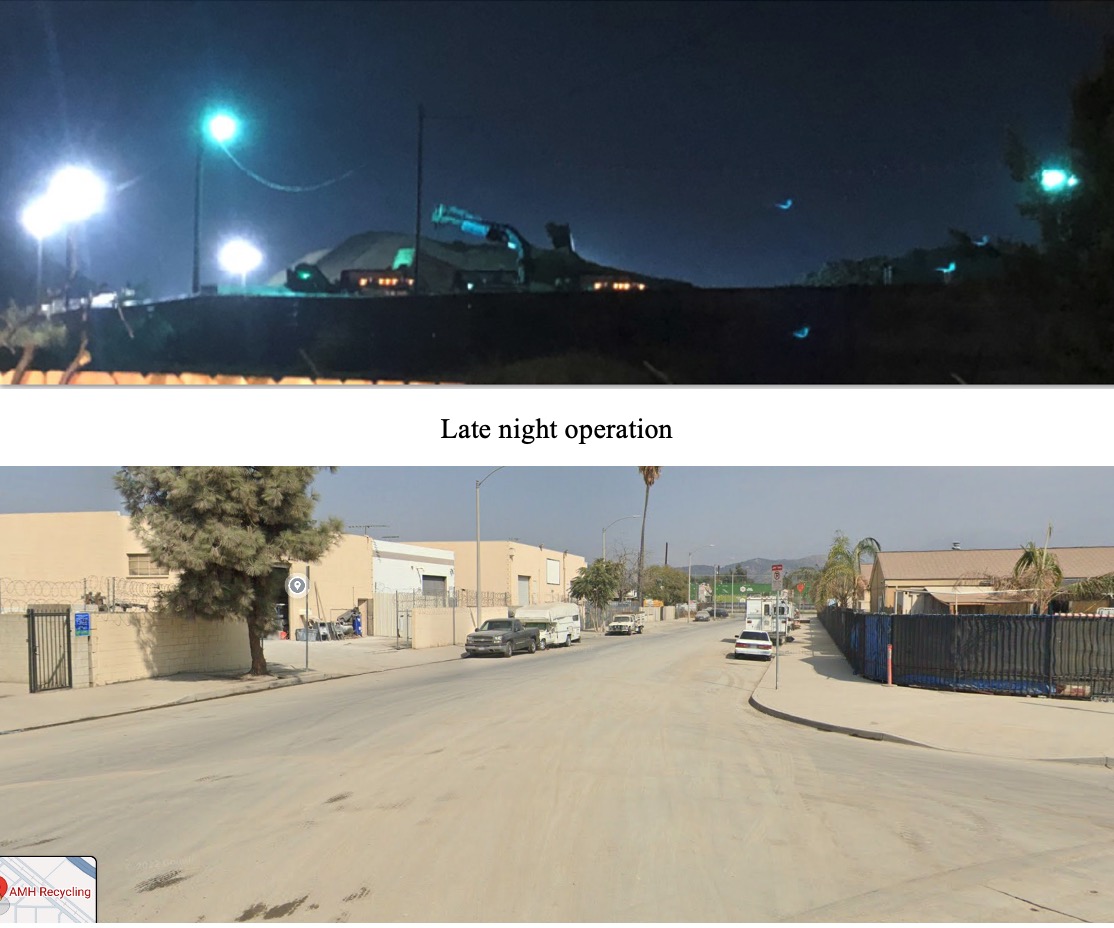
It is disturbing and disheartening that council district 6 led by newly elected Councilwoman Padilla has no interest in addressing the long due delinquent issue of incompatible zoning and land use violations in Sun Valley, out of concerns of the city being sued by mega recycling operations that have been carrying out their environmental polluting operations, and furthermore expanding in the city in the last decades at the expense of human health and community wellbeing. That’s what the planning director Mr. Cobb stated in response to my email. Sun Valley, as always, is left out of the priority list of council district 6. Remarkably, city council is not so worried about being sued by the residents of Sun Valley. Why? Because that’s the “beauty” of a low income community of color.
(Mariam Moore, Sun Valley Community Member, Member of Sun Valley Park Advisory Board, and CPAB.)
(Mihran Kalaydjian has over twenty years of public affairs, government relations, legislative affairs, public policy, community relations and strategic communications experience. He is a leading member of the community and a devoted civic engagement activist for education spearheading numerous academic initiatives in local political forums.)






